Rhetorical Strategies for Composition
Rhetorical Strategies for Composition
Cracking an Academic Code
Karen A. Wink
ROWMAN & LITTLEFIELD
Lanham Boulder New York London
Please contact textbooks@rowman.com for instructions on how to access the free Instructors Guide.
Published by Rowman & Littlefield
A wholly owned subsidiary of The Rowman & Littlefield Publishing Group, Inc.
4501 Forbes Boulevard, Suite 200, Lanham, Maryland 20706
www.rowman.com
Unit A, Whitacre Mews, 26-34 Stannary Street, London SE11 4AB
Copyright 2016 by Karen A. Wink
All rights reserved . No part of this book may be reproduced in any form or by any electronic or mechanical means, including information storage and retrieval systems, without written permission from the publisher, except by a reviewer who may quote passages in a review.
British Library Cataloguing in Publication Information Available
Library of Congress Cataloging-in-Publication Data
Wink, Karen A.
Cracking an academic code : rhetorical strategies for composition / by Karen A. Wink.
pages cm
ISBN 978-1-4758-1430-9 (cloth : alk. paper) ISBN 978-1-4758-1431-6 (pbk. : alk. paper) ISBN 978-1-4758-1432-3 (electronic)
1. English languageComposition and exercises. 2. English languageRhetoricStudy and teaching. I. Title.
LB1576.W4895 2015
372.623dc23 2015025507
 The paper used in this publication meets the minimum requirements of American National Standard for Information SciencesPermanence of Paper for Printed Library Materials, ANSI/NISO Z39.48-1992.
The paper used in this publication meets the minimum requirements of American National Standard for Information SciencesPermanence of Paper for Printed Library Materials, ANSI/NISO Z39.48-1992.
Printed in the United States of America
To
Cameron, Donovan, Lily, and Jake
whose brightness shines in my life.
Contents
Special thanks to my editor Dr. Tom Koerner, associate editor Carlie Wall, and assistant editor Christine Fahey for their guidance and support. An extra special thanks to Dr. Jeanne Fahnestock, Dr. Faye Ringel, Dr. Kim Parker, and Ms. Chelsea Reel for endorsements and editorial guidance. An extra, extra special thanks to my family and students for their inspiration.
College writing assignments may as well be written in codeinstructors comments as well! Insufficient analysis; close paraphrase = plagiarism; pronoun-agreement problems; overuse of passive voicewhat do these comments mean?
You have successfully followed assignment instructions in the past, but you may have wondered, Why this insistence on a thesis? Why an introductory paragraph? Why use ethos, pathos, and logos in an argument? Why certain formats? This text will answer these questions of yours and, perhaps, lead you to ask more questionswriting, after all, is a complex, yet rewarding, process.
It is no wonder academic writing resembles a codesome of the vocabulary is 2,500 years old (in Greek or Latin, at that!). While your Biology 101 class is unlikely to be based on the understanding of the biology of Aristotle, his philosophy and his theories of writing and reading remain the basis of English instruction.
You are already successful readers and writers, or you would not be holding this text. Now you can become reflective and masterful readers of academic documents and writers of essays and research papers, regardless of your major or intended career. Your undergraduate instructors assume you have learned how to read and write competently. But what if you need a review of, say, paraphrasing, revising, or figures of speech? This text can help you to refresh your understanding of these and other tools of language and writing. This text can serve as a supplement to a course reader and as an aid in writing assignments.
The challenges involved in making the transition from high school to college English classes and writing cannot be underestimated. Look around your classclassmates are likely to have come from different schools and backgrounds. The goal of First-Year Composition is to access everyones background knowledge from diverse English courses and focus on the goal of writing sound argumentsthe basis of all college writing.
This texts title, Rhetorical Strategies for Composition , contains the word rhetoric. The rh in rhetoric informs us that the root wordand consequently, the art of rhetoric itselfis ancient, nearly unchanged from Aristotles Greek. Why study such an ancient art? Citizens of the twenty-first century need more than ever to understand the techniques of persuasion: In an era of information overload and constant communication, we need to evaluate the validity of arguments and the credibility of those who are trying to persuade us to listen, buy, or vote. College students, especially, need to think critically and to demonstrate their ability to persuade others in speech andmore frequentlyin writing.
The following chapters are based upon Aristotles theory of rhetoric, as adapted by Corbett and Connors in Classical Rhetoric for the Modern Student and by other twentieth-century rhetorical and composition theorists. The technical vocabulary of argument includes not only Greek-derived words, but expressions we use often. The goal is for you to view all aspects of composition and conventions as means of persuasion (qtd. in Kennedy 3); this book focuses on these means by providing interconnected chapters that present strategies for laying out effective arguments.
ARGUMENTATION (Argumentatio)
When Googling synonyms for the word argument, these words come up: quarrel, fight, disagreement, dispute, row, spat, and squabble. But these words dont capture the meaning we have in mindan argument, in the context of this book, is a piece of persuasive writing that is based on rational thinking.
What is arguable? Essentially any topic to which we can apply critical thinking.
What is not easily arguable? Personal taste, beliefs, and faith.
We study classical rhetorical form not to emulate past rhetors, but rather to have a common foundation for understanding the historic arguments of the past and the best arguments of our own time. Much has changed in the thousands of years since argument was formalized, but muchsurprisinglyhas remained the same.
While analyzing any act of speech or writing, you must consider what is called the rhetorical triangle. All the elements of this triangle find a place in the question, Who is trying to convince whom or what, and in what circumstances?
As you use this text, keep in mind the following overarching principles contained in it:
Reading and writing are connected experiences involving the power of words.
All writing can be considered to be arguments or as efforts at persuasion because a writer makes choices and sells ideas. Think about this statement from the Talmud, a central Rabbinic Jewish book: We do not see things as they are, we see them as we are. In other words, all ideas come from somewhere, and that somewhere is us, the writers who think creatively and critically, and then make choices.
Persuasion refers not to manipulation, but to reasoned, strategic thinking-on-paper in a bid to channel events or action in a fair, advantageous direction. In general, everyone, including your audience members, is persuaded by what is advantageous.
The words audience and readers are used interchangeably. Though audience can refer to readers, listeners, or viewers, for the purposes of this text, the main reference is to readers.
Since this text is geared toward First-Year Composition, though many of the strategies are appropriate for other composition courses and Advanced Placement Language and Composition courses also, it follows the style manual of the Modern Language Association (MLA), a style manual that students are expected to adhere to in First-Year Composition and other English courses.
Next page
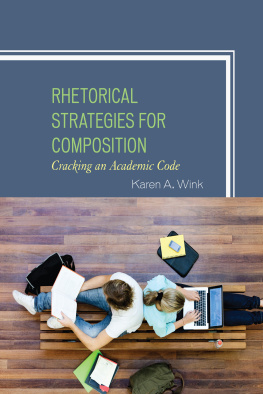
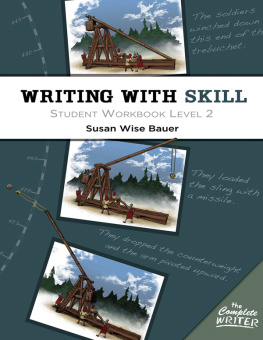

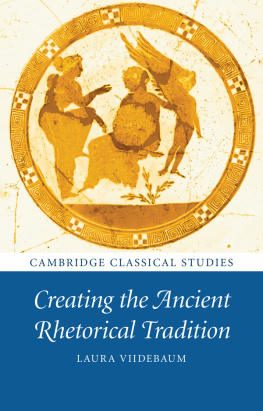
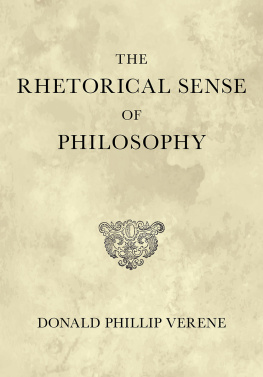
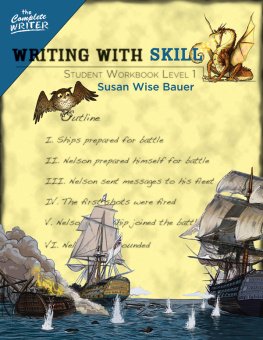
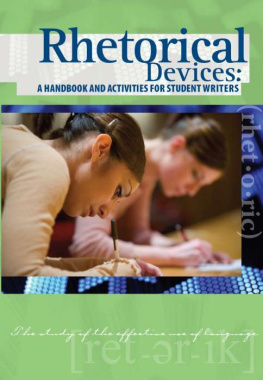
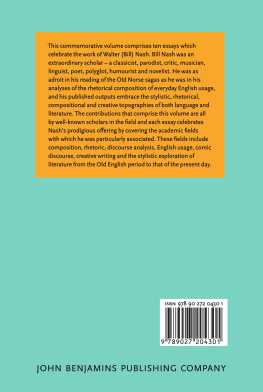
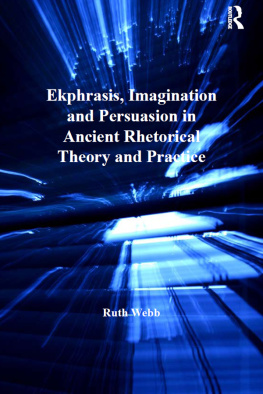
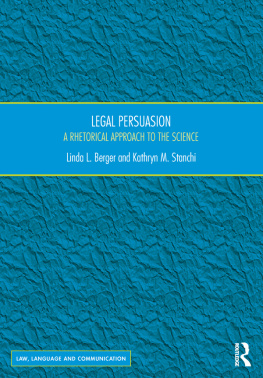
 The paper used in this publication meets the minimum requirements of American National Standard for Information SciencesPermanence of Paper for Printed Library Materials, ANSI/NISO Z39.48-1992.
The paper used in this publication meets the minimum requirements of American National Standard for Information SciencesPermanence of Paper for Printed Library Materials, ANSI/NISO Z39.48-1992.